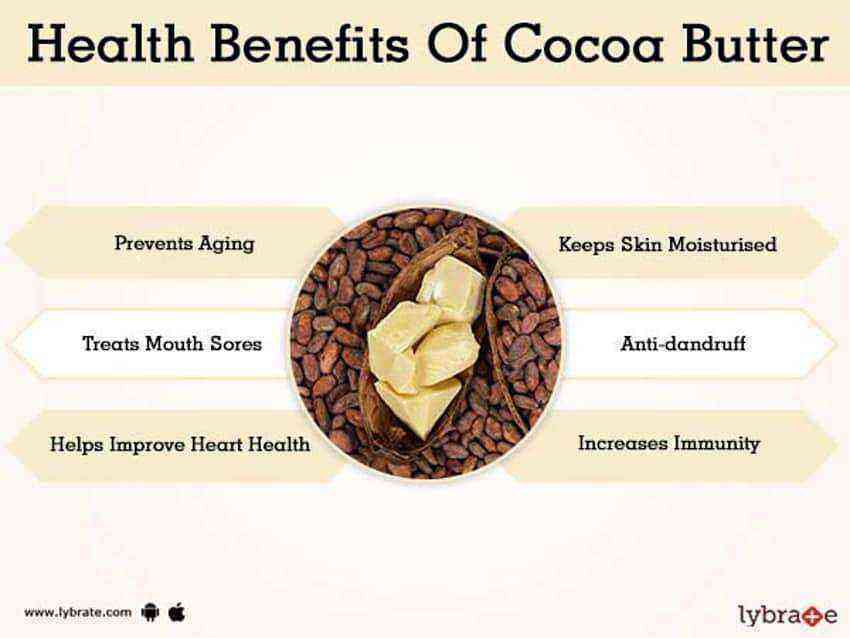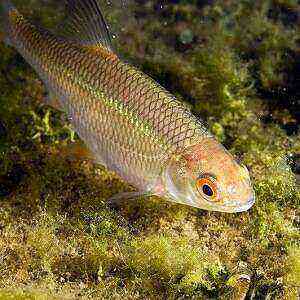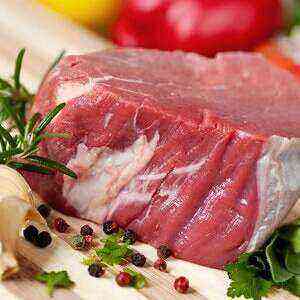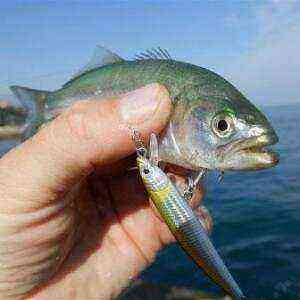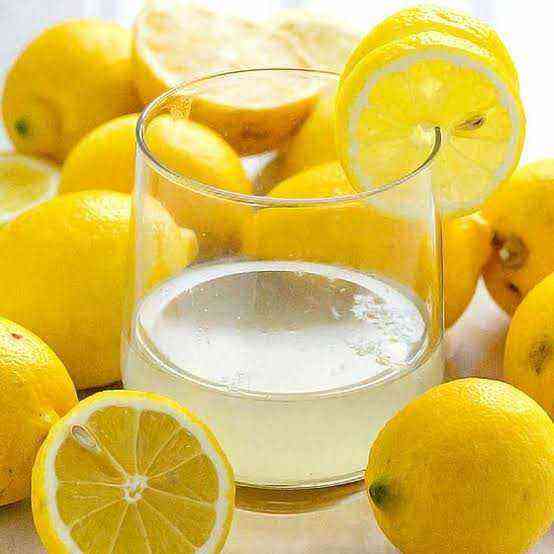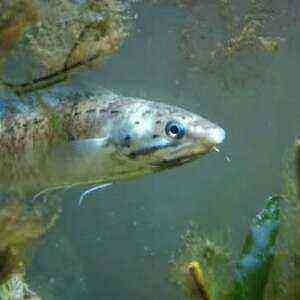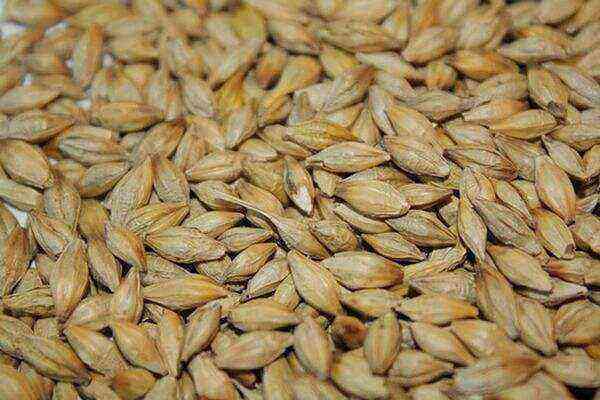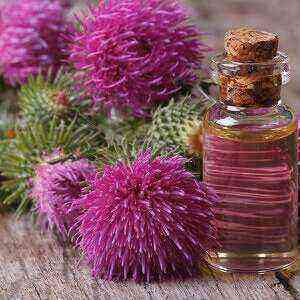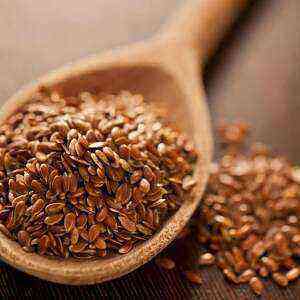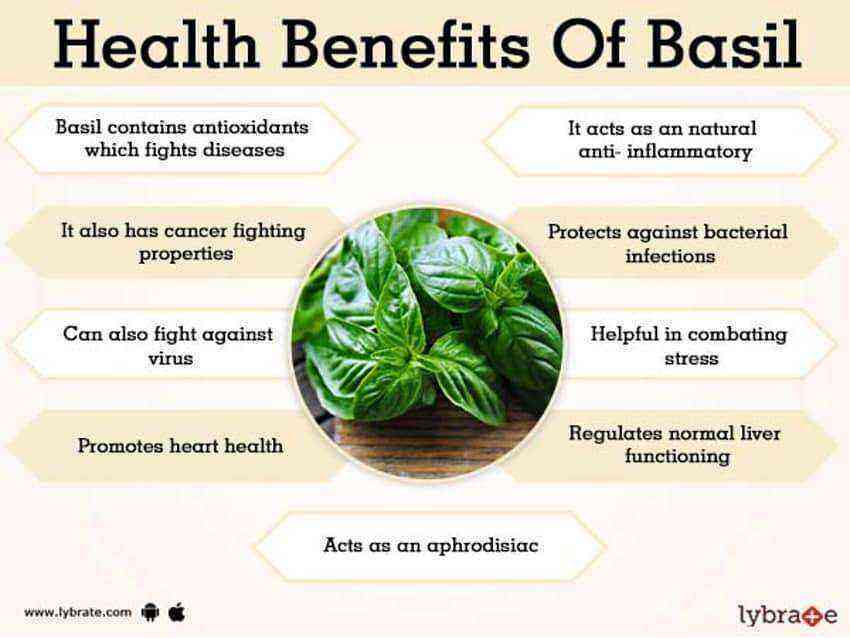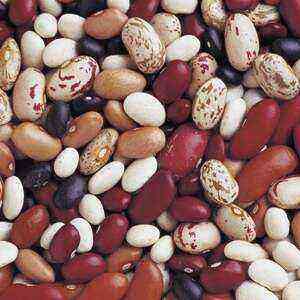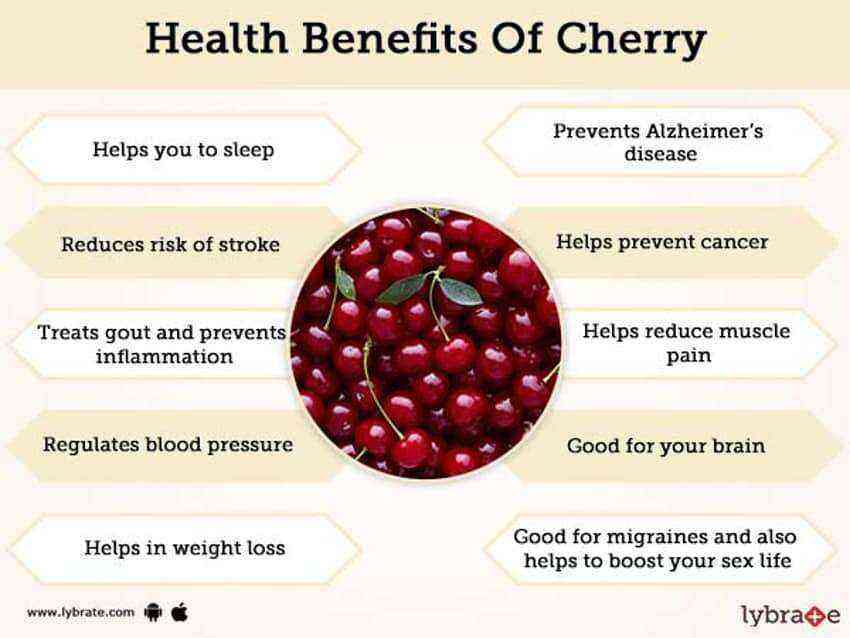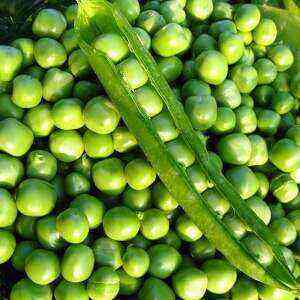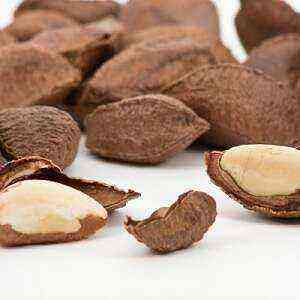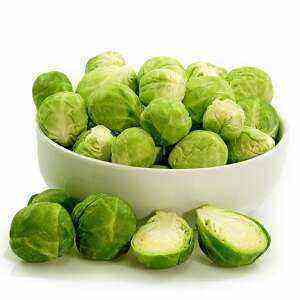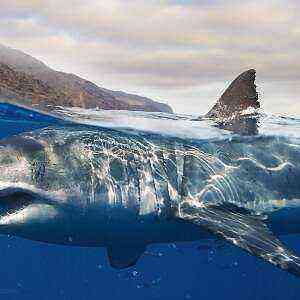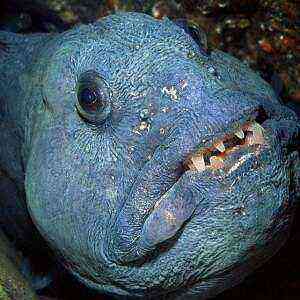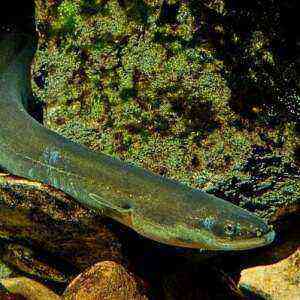 Eel is a sea food fish whose closest relative is the moray eel. Fish has a special shape of the body and head. Eel has become one of the important elements of mass culture, and its expression is used to denote perplexity and misunderstanding of what is happening.
Eel is a sea food fish whose closest relative is the moray eel. Fish has a special shape of the body and head. Eel has become one of the important elements of mass culture, and its expression is used to denote perplexity and misunderstanding of what is happening.
For life and breeding eel chose the Mediterranean, English Channel and the Atlantic coast of France. The smooth, long, scaleless body of a fish hides fat, uncooked and nutritious meat, which is considered to be a delicacy. Soups, stews are cooked from it, fried on a grill, a frying pan, baked in an oven or boiled. In some countries, eel is an integral ingredient of national dishes.
In addition to the delicious taste and high nutritional value, the fish is endowed with another advantage. It does not disappear from the shelves regardless of the season, and is served to the table in a consistently fresh form.
General characteristics
Eel is an unusual fish whose appearance is more like a snake. A cylindrical elongated body shape and a slightly convex tail – this is what distinguishes an eel from its relatives. The fish is covered with a thick layer of mucus along which oblong small scales are located. The hue of the eel is heterogeneous: the back is brown or black, the belly is yellowish, and the sides are a noble light yellow hue. The head of the fish is small, flattened on the sides with small but rather sharp teeth.
There are several types of acne depending on the habitat. Both marine and river representatives and freshwater are used as food. Today, there are about 18 fish species. Experts note that acne is extremely quickly and easily adapted to new living conditions, which is why they are “scattered” in different territorial points and feel quite happy.
River eels can support life without water. The main thing is that the external environment has the necessary amount of moisture.
Top dressing eel carries out in warm, mainly night time. During the day, the fish digs into the ground, exposing only the top of the head to the outside to track the external situation. After frosts, acne ceases to feed, using the already accumulated energy potential. Eel loves to feast on small animals living in the mud. Sharp teeth grab the prey and grind it into a hearty lunch.
As soon as the individual reaches sexual maturity, it rushes along the water channels to the ocean. Some eels so much want to get into the “new life”, that some of the way overcome by land. The levitating eel is often confused with a snake. If the internal chuikka fails the fish, then it can get into the hydraulic structures and cause an accident.
Paranoia around fats
 When a woman decides to lose weight, the first thing she decides to exclude fats from the diet. It would seem that a logical chain is built in the head: by abandoning products containing fat, you can remove the fat layer as well. But such a theory crashes in practice, and losing weight, who have not figured out the basic food tenets, gain new pounds and get health problems.
When a woman decides to lose weight, the first thing she decides to exclude fats from the diet. It would seem that a logical chain is built in the head: by abandoning products containing fat, you can remove the fat layer as well. But such a theory crashes in practice, and losing weight, who have not figured out the basic food tenets, gain new pounds and get health problems.
Take a simplified formula: the human body functions thanks to the intake of proteins, fats and carbohydrates. If one of the substances is in deficit / surplus, all systems suffer and suffer deprivation. The ratio of BJU is not the same and is determined individually for each person.
Dr. Lydia Buzzano (professor of nutrition at Tulane University) has proven that it is best to lose weight by reducing carbohydrates. Reducing the amount of fat is a direct way to health problems, worsening skin conditions, and increasing the risk of heart and vascular pathologies.
What is useful fat
Not all fats benefit. We focus on the polyunsaturated fatty acids found in fish, the so-called omega. Cambridge University epidemiologists have proven that these acids prevent cell oxidation and spikes in blood glucose. Acids make blood vessels more elastic, activate blood flow to the brain, reduce cholesterol to a minimum. Omega protect the body from diabetes mellitus, cardiovascular pathologies and increase the overall level of immunity protection.
Polyunsaturated acids can be obtained with vegetable products, but their greatest concentration in fish and seafood. Omegas improve vision, strengthen hair follicles, muscular systems, and simply raise your spirits. They affect the hormones and quite often, due to a lack of beneficial fatty acids, women lose their menstrual cycle.
Do not be afraid of fat, and correctly approach their choice and introduction to the diet.
Useful properties of the product
Eel is most popular in Japan, especially in the summer. Fish helps the Japanese to survive the heat better, since fatty acids relieve fatigue, accumulate constant energy and protect against exhaustion.
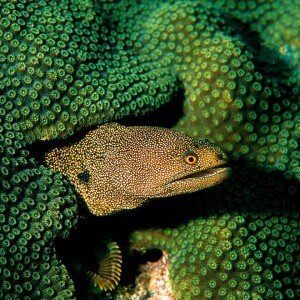 Sea and river eel is a real storehouse of vital vitamins and nutrients. The high content of tocopherol (vitamin E) provides:
Sea and river eel is a real storehouse of vital vitamins and nutrients. The high content of tocopherol (vitamin E) provides:
- detox;
- cell nutrition;
- slowing down aging;
- immunity stimulation;
- tissue regeneration;
- improved tone;
- normalization of blood circulation;
- protection of the dermis from ultraviolet radiation;
- disease prevention;
- development of muscle tissue.
Vitamin A (retinol) is responsible for the health of the organs of vision, relieves fatigue and improves the functionality of the eyes. Retinol also “pushes” the skin aging process for an indefinite period and helps us look several years younger than passport age.
The particular benefit of eel is men. Experts confirm that fish normalizes men’s health, prevents many chronic processes and stimulates libido.
Fish instead of pills
Headache is often associated with a decrease in the protective function of the immune system. Nothing can restore strength so quickly and efficiently as the omega-3 fatty acids that eel abounds in. This fish is one of the top leaders in the content of healthy fat. The more fatty acids, the greater the benefits to the body.
The statement that oily fish is not suitable for a healthy or dietary diet is nothing more than a myth. If you are worried about the size of your waist, then eat eel in the morning with a lot of fiber (vegetables / fruits). The energy value obtained from fish will go to daily output, not fat deposits.
The scientific journal Nutrition and Cancer has published a comprehensive article on the effects of fish on health. People who eat fish 2-3 times a week are less likely to develop glandular cancer.
Chemical composition
Nutritional value (based on 100 grams of raw fish)
Caloric content 333 kCal Proteins 14,5 g Fats 30,5 g Carbohydrates 0 g Dietary fiber 0 g Water 54 g
Vitamin composition (in milligrams per 100 grams of raw fish)
Retinol (A) 1,2 Thiamine (V1) 0,1 Riboflavin (V2) 0,15 Ascorbic acid (S) 1 Tocopherol (E) 5 Niacin (RR) 3,2
Nutrient balance (in milligrams based on 100 grams of raw fish)
Macronutrients
Potassium (K) 230 Calcium (Ca) 20 Magnesium (Mg) 30 Sodium (Na) 70 Sulfur (S) 150 Phosphorus (P) 220 Chlorine (Cl) 60
Trace Elements
Iron (Fe) 380 Iodine (I) 20 Cobalt (Co) 20 Manganese (Mn) 30 Copper (Cu) 70 Molybdenum (Mo) 4 Nickel (Ni) 6 Fluorine (F) 160 Chromium (Cr) 55 Zinc (Zn) 500
Use of the ingredient in cooking
 Eel is a favorite gourmet product due to its tender soft meat, whose taste compares favorably with other seafood. “Snake fish” is slightly similar to salmon in meat structure, but the shades of taste and aroma vary.
Eel is a favorite gourmet product due to its tender soft meat, whose taste compares favorably with other seafood. “Snake fish” is slightly similar to salmon in meat structure, but the shades of taste and aroma vary.
Freshwater eels are especially popular in the European and Asian regions. Their meat gives a pleasant sweetish plume. Acne is served as an expensive, but insanely tasty delicacy. In Japan, preferred river and sea eels. Of these, prepare traditional soups and stews. In Germany, they love to smoke fish and serve as a snack. In China, eel is the most important element of national delicacies. Fish is used to make a special casserole with garlic, green onions, bamboo shoots, soy sauce, rice wine and eel, the pearl of the dish.
When traveling, the traveler may be offered to taste raw eel meat. Do not settle for an exotic offer! The blood contains toxic substances that poison the body and can cause many health problems. During heat treatment, toxic substances are destroyed, and the meat becomes absolutely safe.
What to combine the product with
Eel combination table
Специи
Vegetables
Greens
Fruit
Cereals
Beverages
Seafood / Meat
Cloves Tomato Salad Lemon Rice Sherry Chicken Pepper Onion Parsley Orange Beans Cider Salmon Thyme Garlic Nori Lime White wine Shrimp Sage Capers Mandarin Mustard Olives Pomelo Bay leaf Grapefruit
Unagi-yanagawa soup recipe
Nutritional value (based on the 1 portion of the finished dish)
Caloric content 535 kcal Proteins 31,2 g Fats 35,6 g Carbohydrates 20,8 g
 Culinary advice: the soup can be used not only as a first course, but also as a sauce. Combine the sauce with meat, seafood, cereals and even vegetable salads. Consider that the consistency is quite liquid, so the sauce will be consumed in just a few applications.
Culinary advice: the soup can be used not only as a first course, but also as a sauce. Combine the sauce with meat, seafood, cereals and even vegetable salads. Consider that the consistency is quite liquid, so the sauce will be consumed in just a few applications.
We need:
- chicken egg – 1 pcs;
- smoked eel – 150 g;
- Lettuce to taste – 5 g;
- shiitake mushrooms – 20 g;
- green onion – 50 g;
- soy sauce – 25 ml;
- sweet rice wine – 20 ml;
- sugar – 5 g;
- algae – 3 g;
- tuna chips – 5
Preparation
Prepare a saucepan, mix in it 150 ml of ice water, sugar, soy sauce, seaweed and sweet rice wine. Bring the mixture to a boil, then add tuna chips. Slightly stir the ingredients, remove the saucepan from the heat, and strain the mixture thoroughly. In a separate container, mix the 1 egg with the chopped lettuce leaves.
Chop green onions, shiitake mushrooms to large straws. Put the food in a cold frying pan, put medium-sized eel slices on top, cover with sauce (the liquid should not completely cover the ingredients) and bring to a boil. As soon as the dish boils – turn off the heat and enter the egg with lettuce leaves.
Unagi Yanagawa must be served immediately after cooking, until the soup has cooled and has not lost the required taste.
What is mercury and how is it related to seafood
Fish is considered one of the most useful foods. Recently, the postulates learned from childhood on the nutritional value and properties of fish have become less stable. Scientists that every day, they find mercury in fish and make the public pay attention to the global problems of mankind.
What is mercury
It is a toxic heavy metal that “lives” both in water and on earth. Mercury is the only metal that is capable of being in a liquid state at room temperature. On land, mercury appears through nature (most of the substance is emitted by volcanoes), for the rest of the metal emissions, the responsibility lies with humanity. Mercury is released during the combustion of coal in thermal power plants, the extraction of gold and minerals, the smelting of metal and the disposal of waste.
Even if you are not working in a mine and are not an avid gold miner, you get your portion of mercury from food. Hazardous mercury particles in themselves are mollusks, fish and seafood.
How mercury appeared in fish
Water also suffers from mercury, as does air. In the liquid itself, its concentration is minimal, but, thanks to the system of trophic chains, marine life is still infected with heavy metal. Algae absorb mercury compounds from the water, higher organisms in the trophic chain eat algae and trigger the body of universal infection. It reaches the largest predator fish, and begins with a polluted waterway.
Why metal compounds are dangerous to humans
Mercury inhibits the human body and provokes neurological diseases. Among them are Parkinson’s disease, Alzheimer’s disease, depressive state, disorders of the autistic sector, as well as:
- increased blood pressure;
- increase in cholesterol;
- increased risk of pathologies of the heart and blood vessels.
It would seem that the only way out – a complete rejection of the fish. But analogues of more easily digestible fatty acids, phosphorus, protein and iodine simply do not exist in nature. The benefits outweigh the possible risks, so a complete rejection of fish is a bad option.
Build a diet so that there is no more than 3 fish once a week and be responsible for choosing a supplier. Especially carefully you need to choose fish for children, pregnant and lactating women.
Contraindications to use
In addition to individual intolerance, acne should be excluded in obesity, pathologies of the gallbladder, liver, chronic gastritis and asthma. In other cases, you can safely eat a suitable portion of 2-3 fish once a week.
